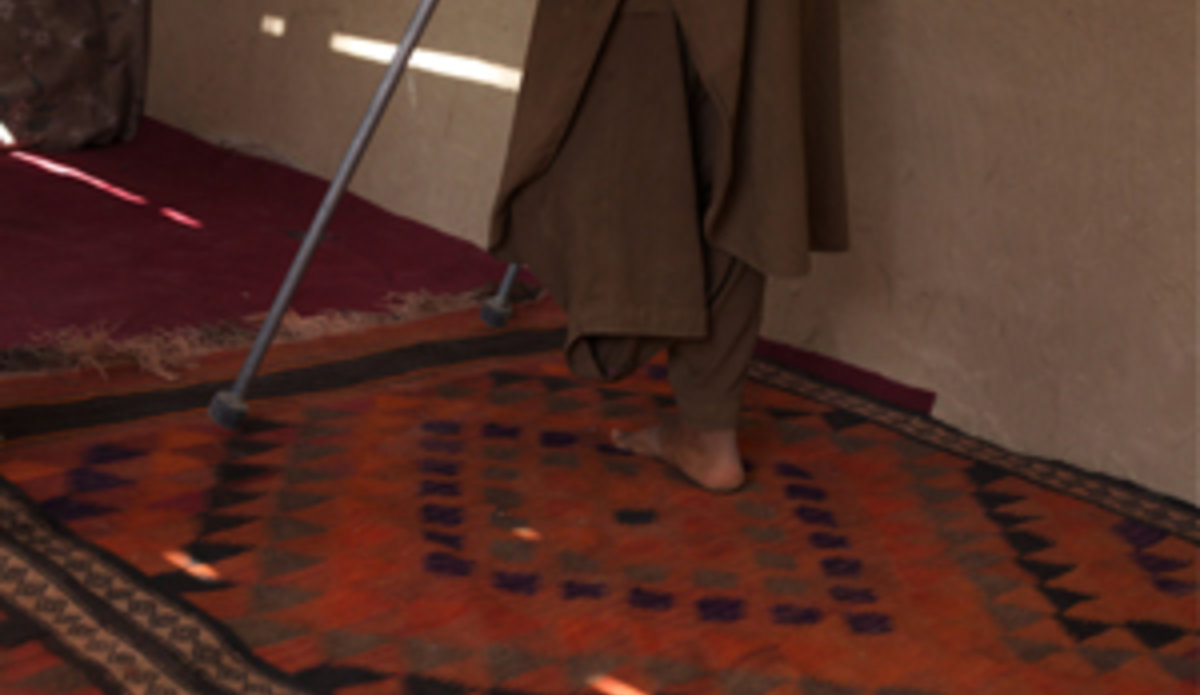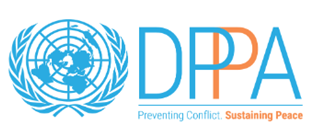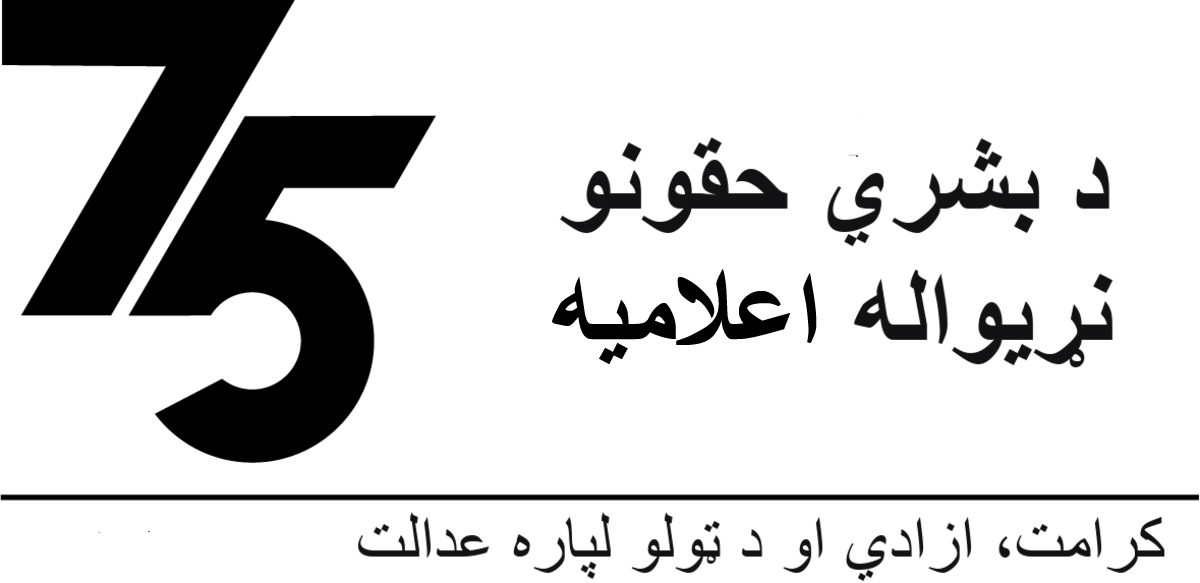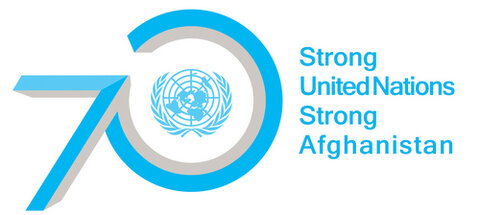Afghanistan: A photographer's paradise
24 September 2009 - A special UNAMA interview with world-famous photographer Tim Page who’s been in Afghanistan charting the elections and Peace Day.
World-famous British photographer Tim Page arrived in Kabul nearly two months ago, during which time he has travelled across the country and photographed many faces, on assignment for UNAMA, to document and support he democratic and peace-building efforts.
Besides covering the presidential and provincial elections in August, Mr Page also conducted a photography master class to train young Afghan photo-journalists, the results of which have been regularly posted on the UNAMA website.
Aditya Mehta caught up with him for a chat to find out about his insights and whether he has found his elusive "best picture" yet.
You have been in Afghanistan for almost two months now. How has the experience been so far? As a war photographer who has spent time in Vietnam (during the war) and Cambodia, among other places, how do you compare your time here?
Afghanistan is visually incredibly exciting. I imagined that the people were going to be difficult to photograph...there was going to be a reticence. Instead, I found almost the opposite. The first thing that I learnt in Dari was "Axs mara bege", which translates as “take my picture.” I am also more surprised by the number of women I am able to photograph in the streets, whether it was during the election, or at concerts.
The country is devastatingly beautiful...I can say that since I have flown over the length of it. I do get a bit bored of everything being sand coloured. I do want to see some green though. The people, however, are colourful. Kabul, as a city, is a mess, but I love Herat--there are trees in the streets, the people are more laid back and I have never felt threatened. I could have stayed there for weeks.
You've also extensively covered the hotly-contested, yet colourful, elections in August. What was it like to document this process?
This is the first time I have got pictures of voters marking their ballot papers. Photographing the elections was probably easier here than in Cambodia, Bosnia, Lebanon, Britain, etc - I have covered elections in a dozen countries. I got less hassled here penetrating the election facilities – such as polling stations – than I have got anywhere. I was in Herat during the elections. I was really quite surprised by the (large) amount of people who turned out to vote in Herat. Some say that the overall turnout percentage was about 37 per cent, but in Herat it looked like a big turnout. I think the people there really care.
I remember the last polling station we went to in Herat on Election Day was at the base of a place called the unfinished mosque, which was used as a shelter when the Soviets were here. There was a curved staircase coming down and the people were dressed in salwar kameez and it looked like something out of a medieval movie, which was quite remarkable.
Tell me about the top three pictures you've taken here?
The best pictures that I have taken here were on this marvellous day, when I spent time with UNHCR in Parwan at a refugee-returnee village. These were people who had previously been displaced. I went there with the Kite Runner author Khaled Hosseini. At the first village, I found this man who had a very bad amputation of his leg. I am now going to do a piece called: ‘One man, one leg’, and I'm trying to speak to agencies and fix his leg. The best portraits that I have shot in the last three years were shot there. It was very surreal. In Herat, too, I had some good days at the fort, the blue mosque, and the streets.
One of the reasons why you are in Kabul is to train young budding Afghan photographers through your masterclass. How is that turning out?
Inshallah, I shall have one jewel who will graduate from the master class that we are conducting. He's currently working on a story on child-trafficking. It's a hard story to do...nobody will let you into child brothels...it's the dirtiest thing you can think of.
I am enjoying this experience...to watch the change in them (the students), to watch their photography improve. You can see that some of the students are listening and picking up things. It's the same pleasure that I got while doing this in Vietnam....in a sense I am honouring my mates – who are no longer with us – who had the time to teach me. To see their images improve is very gratifying.
We've also started an intermediate class and there are some students in that class who have hunger (to learn). Now how do you get them to think like Cartier-Bresson? To think about the good picture and the average picture of daily life on the street. You walk past it all the time. To get them to that interest level...to get them thinking to make pictures of signs or table tops.
When you first came here two months ago, you told me that you had yet to shoot your best picture. Are you any closer to achieving that?
I shot one portrait up at Bagram which is amongst the top portraits I have ever shot. It is a woman in a mud hovel. Her head is not fully covered. She's facing the camera and talking to Khaled Hosseini. She's holding a baby...it has coal around its eyes and she has one blind eye. She looks so sad and the kid looks like one of those naive paintings of Montmartre. It's like a Dutch painting. It's seriously one of the best pictures I have shot in my life.
Interview by Aditya Mehta, UNAMA
 UN
UN







